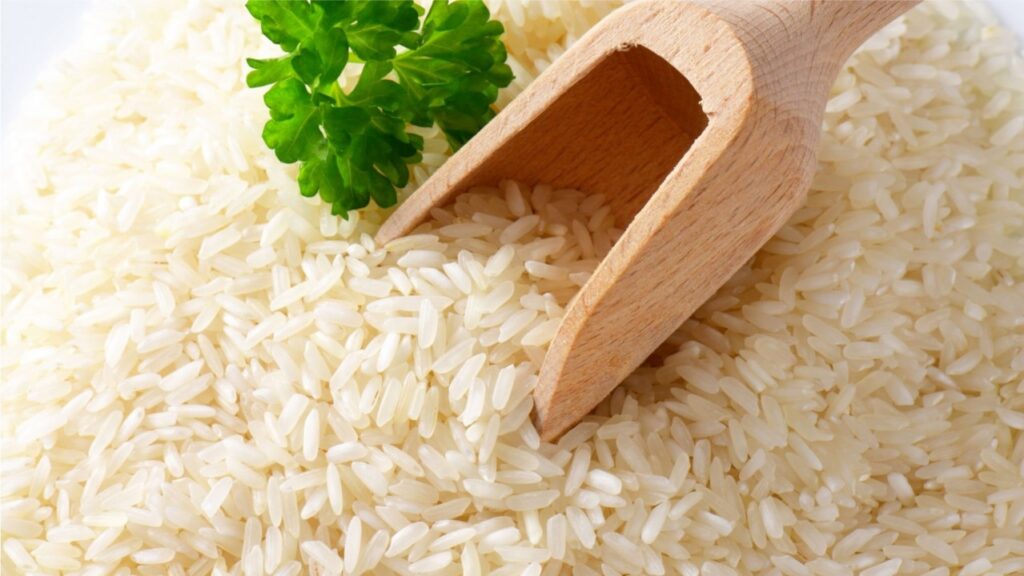In the world of grains, everyday basmati rice stands out as a jewel in the crown celebrated for its aromatic fragrance, long grain basmati rice, and distinctive flavour. The journey of basmati rice from the lush fields to our dinner plates is a fascinating tale that spans centuries, weaving together agriculture, tradition, and culinary delight. So, let’s embark on a virtual tour through the enchanting voyage of everyday basmati rice production – a journey that involves the earthy embrace of fields, the precision of cultivation, and the artistry of harvest.
The Roots: Where Basmati Begins
Our story commences in the fertile plains of the Indian subcontinent, particularly in the states of Punjab, Haryana, Himachal Pradesh, Uttarakhand, and parts of Western Uttar Pradesh. These regions, with their unique soil and climatic conditions, provide the perfect cradle for long grain basmati rice cultivation. The word “Basmati” itself is derived from the Sanskrit words “Vas” meaning aroma and “Mati” meaning ingrained from the soil, emphasizing the rice’s aromatic and earthy essence.
The Seedling Stage: Planting the Promise
The journey begins with the meticulous selection of basmati rice seeds. Farmers take great care in choosing seeds that embody the true characteristics of basmati – long grains, distinct aroma, and excellent cooking properties. These everyday basmati rice seeds are sown in carefully prepared seedbeds, where they germinate into tender seedlings under the nurturing warmth of the sun.
The transplanting of these seedlings to the main field is a crucial stage in the process. This delicate operation requires skilled hands to ensure that each plant finds its rightful place in the soil, ready to absorb the richness of the earth and the nourishment of the water.
The Dance of Water and Earth: Cultivating Basmati Rice
Basmati is a water-loving crop, and the cultivation process involves a delicate balance of water management. The fields are flooded to provide the perfect conditions for the rice to thrive. The intricate network of canals, a legacy of traditional agriculture, ensures that every grain of Basmati receives its fair share of water.
To enhance the flavour and fragrance, Basmati is often grown in the Himalayan foothills where the purity of glacial water contributes to the rice’s unique characteristics. The symbiotic relationship between water and earth sets the stage for a symphony of growth, with the paddy fields swaying in the gentle breeze, a sight that echoes the rhythm of traditional farming practices.
The Art of Harvest: Bringing in the Bounty
As the rice plants mature, signalling the arrival of the harvest season, the fields transform into a sea of gold. The experienced hands of farmers, weathered by years of dedication to their craft, manoeuvre through the fields, ready to harvest the grains at their peak. The traditional sickle is their tool of choice, ensuring a careful and precise harvest that preserves the integrity of each grain.
Once something like Kohinoor super value basmati rice is harvested, the grains are left to dry naturally in the sun, a process that not only completes the drying but also imparts a sun-kissed warmth to the rice. This traditional method of sun-drying is a testament to the commitment to preserving the authenticity of basmati rice, an art passed down through generations.
The Journey Continues: Milling and Packaging
After the sun-drying stage, the grains are ushered into the milling process. Here, the outer husk is carefully removed, revealing the pearl-white treasure within. The rice is then polished to perfection, a step that not only enhances its visual appeal but also contributes to its exquisite texture.
Following the milling process, something like the Kohinoor super value basmati rice is packaged with care, ready to embark on the next leg of its journey – from the fields to the markets, and eventually, to our homes. The packaging is designed not only to protect the rice but also to preserve its aromatic qualities, ensuring that each grain retains the essence of the earth it came from.
A Culinary Odyssey: From Package to Palate
The final and perhaps most awaited stage of the basmati rice journey is its transformation in the kitchen. As the rice simmers on the stove, the kitchen is filled with the intoxicating aroma that has made basmati a culinary sensation across the globe. The grains, now plump and tender, are a canvas for creative culinary expressions.
Whether paired with spicy curries, served as a fragrant biryani, or enjoyed on its own as a side dish, basmati rice transcends mere sustenance to become a centre piece of gastronomic delight. Its ability to absorb flavours and complement a myriad of dishes has made it a staple in kitchens worldwide.
Preserving the Essence: Sustainable Basmati Rice Production
In recent years, the spotlight has turned towards sustainable agriculture, and basmati rice production is no exception. Many farmers have embraced eco-friendly practices, from organic cultivation methods to water conservation initiatives. This commitment to sustainability not only preserves the rich tradition of everyday basmati rice but also ensures its availability for generations to come.
The Final Serving: Conclusion
As we close the chapter on the journey of basmati rice production, we find ourselves not just with a staple for our dinner table but with a cultural elixir that fuses us with the rich heritage of the land. From the fertile fields to the aromatic kitchens, long grain basmati rice weaves a story of tradition, skill, and culinary magic.
So, the next time you savour the fragrant aroma of basmati wafting from your plate, take a moment to appreciate the journey it undertook – from the nurturing embrace of the soil to the skilled hands that cultivated and harvested, and finally, to the culinary artistry that brings it to life on your fork. In every grain of something like Kohinoor super value basmati rice, there is a tale of the earth, a tale that continues to captivate hearts and palates around the world.
